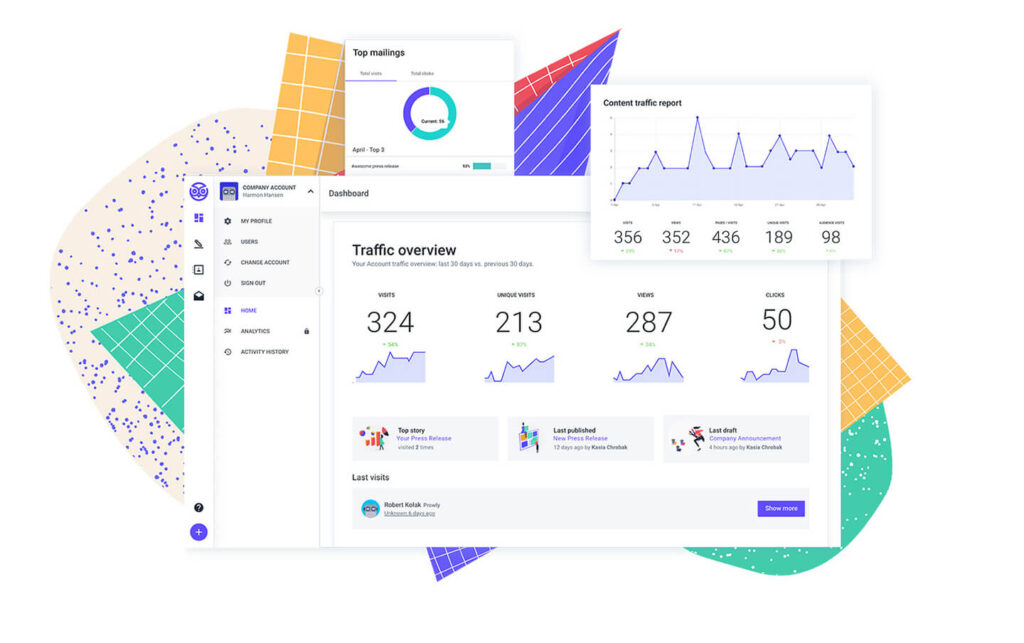Strategic planning is one of the most valued skills in public relations, yet it is also one of the challenges that public relations professionals struggle with the most. Surveys of public relations professionals again and again find that measurement is at or near the top of their challenges. Measuring the impact of their role is cited again and again as the biggest challenge as professionals spend countless hours anxious to prove their value to their clients, their bosses, and senior leadership.
One way public relations professionals can begin to measure the PR successes is through outcome mapping.
Outcome mapping is a project progress measurement system - one of many tools in a toolbox that can be used to create plans for various organizations. Outcome mapping is focused on a theory of change which is human-centered. Four guiding principles underpin outcome mapping:
- actor-centered development and behaviour change which recognises that people and organizations drive change
- continuous learning and flexibility which emphasises that the most effective planning, monitoring, and evaluation activities are cyclical and reflexive
- participation and accountability, which involves relationships and responsibilities
- and non-linearity and contribution, focusing on honesty and sustainability instead of control.
Outcome mapping can allow public relations professionals to think strategically about achieving results, allowing them to link implementation to outcomes and show successes, but also be able to adapt around forces that are outside their control. Some of the most valuable measures for strategies are those associated with outcomes as they demonstrate impact on behaviour. By using outcome mapping, public relations professionals have the opportunity to focus on the contributions their strategy has made, without claiming the sole achievement of the target work.
Here are three ways you can try it out:
1. Set targets for yourself
Before planning what outcomes you’d like for a project for your organization, first set the outcomes for yourself as to how you plan to reach your audience.
Whether you’re planning a rapid response mobilization to a moment that you know will be timely and gain traction or you’re setting out a long-term campaign, set the correlating goals, as your messages for both will be in your control. Monitor the conversations of your audiences to best measure what is reasonable, what you’d like to see, and what you’d love to see. An example: I know 40 of my media contacts that reach audiences between the ages of 18 and 24 that I plan to target will be talking about this timely news. I think it’s reasonable at least 10 of them will respond to my outreach and our organizational take on this. I would like 15 to use our organizational framing for messaging for their audiences. I would love to see engagement of our target audience with 10 of those clips.
Credit: graphic by the USC Annenberg Center for Public Relations from the 2019 Global Communications Report
2. Set reasonable targets for your organization
Manage your organization’s expectations.
Before you receive an op-ed proposal a day, set intentions on what makes sense in the media landscape that you’re monitoring. Ask what factors are going to affect the successes of media activity and what evidence supports your observations. Focus all outputs on what the goals are:
- Does an op-ed make sense or does a press conference make sense to reach your target audience with your key messages?
- Who is the best carrier for your message to your target audience?
- Does it make better sense for your goals to place a video-op featuring someone personally impacted by the news and who your audience will identify with?
Once you’ve set a strategy for the goals, plan what activities you plan to partake in (outreach, meetings, social), what actors you plan to engage with (what outlets your targets are engaging with), as well as what outputs you'd like to see. Once this is all ready, share it with your staff. An example: our goal is driving signature petitions for this news moment. We would expect to see a news release issued with key organizational messages, with pickup in 1-10 outlets. We would like to see at least one story featured highlighting the impact of the news, demonstrating our message that people can make a change and they can do so with us, by signing a petition. We would love to see at least 10 online referrals from outlet websites where we earned media coverage driving traffic to the petition page.
3. Evaluate
PR teams, like many workers, waste hundreds of hours a year on data entry. When we’re not spending time on the organization of our work, the rest of our time is dominated by writing, editing, reaching out to media to maintain and form new relationships, and to think of creative ways to further our work, messaging, and visibility.
Credit: graphic by Ragan Communications
Evaluation is a competitor on our time and often feels like the less urgent and immediate of our daily tasks and the time management that we constantly have to juggle as we prioritize and deprioritize our work. Try and take time to examine what values you’re prioritizing in outputs and what results you are seeing. If you’re leaving questions of measurement and evaluation to the end, you are risking spending valuable time and effort on outputs that are not working. Instead, try and check as you go and if something isn’t working for you, try to use the time to change it. Beyond measuring clips, monitoring conversations online on social, examining search consoles, or looking at how the web traffic was driven, were you able to reach your goals? What worked and what didn’t? What were the responses and reactions of your target audiences to the activity? How attentive were they to the content? How well understood was the topic? Did storytelling break through the noise? Would you have also changed what you were focused on? Do you see a higher value in measuring something else that would have also supported organizational goals?
Throughout the activities, check progress against plans and see how you can best adapt what you expect to see, like to see, and love to see, based on previous data.
P.S. If you need a tool that will allow you to track and analyze all your PR activities in one place, saving you tons of time, try Prowly.

Cover photo by You X Ventures on Unsplash

